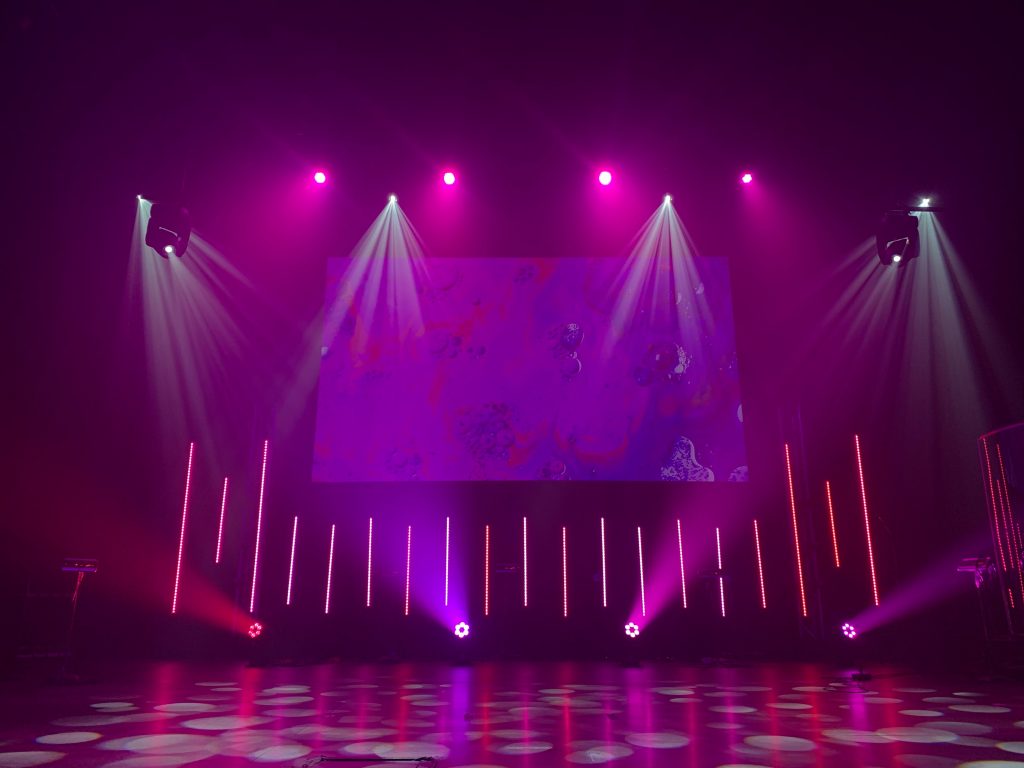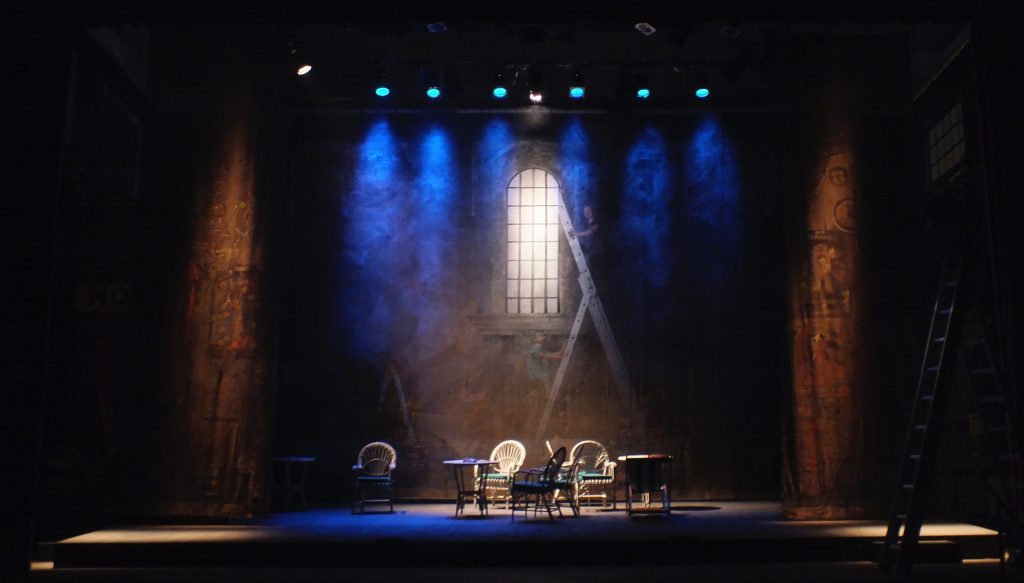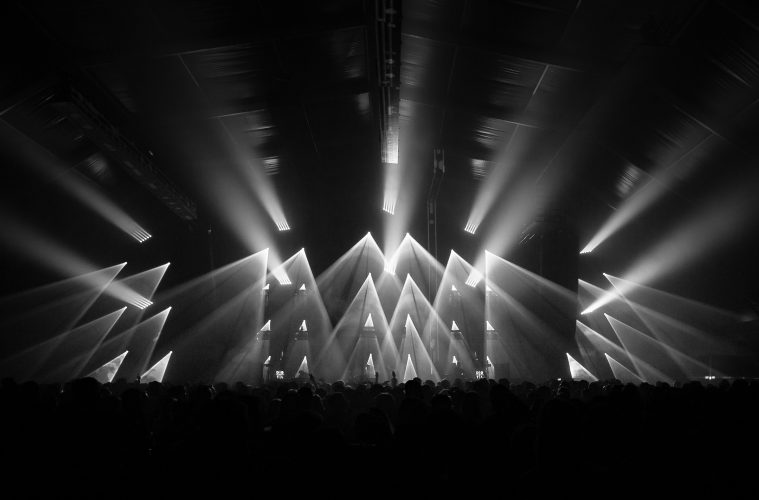Anyone who has witnessed or participated in the creation of a show knows that it is made up of more than simply the performers. The set, personnel, music, and lighting all have a part to play in the overall production of a performance. One of the most crucial aspects of any stage performance is the lighting. Your production will not be able to be viewed without it! All of your efforts to put on a convincing performance would be worthless! Not only is stage lighting important for viewing the performance, but it can also be a powerful instrument for demonstrating emotion or a build-up of action.
If you’re in charge of lighting or deal with it on a daily basis, we thought you’d appreciate some basic pointers on how to bring any style of performance — from a classical tragedy to a modern musical — to life for the audience. Some stage lighting recommended practices are listed below.

Know the Different Types of Lights
The usage of various forms of lighting, such as spotlights and floodlights, may drastically alter the ambiance of an event. Multiple elements of stage lighting equipment are used to project various types of light onto the stage. Each type of light has a distinct role in terms of capturing an audience’s attention. Here are the main types of lights you should know about.
- Floodlights – illuminate huge parts of the stage and can fill in shadowy regions. They provide a diffused, mellow light source. Floodlights include wide lights, fixed-focus lighting, and fluorescent lighting.
- Soft lamps – diffuse light that wraps around the topic, reducing stage shadows. They resemble a box and are usually transportable.
- Broad lights – tiny lights with only one lamp that are enclosed in a box-like container. They’re utilized on set in tiny areas to augment the lighting and soften shadows without changing the nature of the primary light.
- Fixed-focus lighting – provides an even and controlled field of light across a large region of the stage.
- Spotlights – these are beams of light that are projected onto the stage. Spotlights made from LED light sources are great. LED lights, such as the SSRC LED Work Light, are excellent stage lighting options.
Customize the Lighting
Lighting must be adapted to the precise requirements of a stage performance. You can always consider hiring stage lighting professionals who can create a package that is personalized to your needs and budget. Customization choices for play lighting, dance lighting, and live music are all distinct. Stage lighting for dance shows should be basic and adjustable to showcase movement.
The use of side lighting is frequently advised. It’s typically recommended to utilize front lighting for play lighting to better highlight facial emotions and the definition of the performers. Finally, the lighting style for live music will be determined by the sort of artist. Colored illumination is frequently the best option.
Basic Light Positions
You’ll need to know how the placement of your lighting effects affects your entire experience, in addition to the sorts of lighting. The lighting designs you make are heavily influenced by the amount of space you have. These are fundamental lighting locations when using professional lighting options:
- Front lighting. This is the lighting style that will be used as the primary source of illumination throughout your event series. Its use is covered by McCandless’ Lighting Theory. A hypothesis that aims to give the scene a sensation of brightness. It simply implies that two front fixtures should be set 45 degrees above and to either side of a subject on stage.
- Side lighting. The performance benefits from side illumination, especially if the performer is walking. If you’re going to have performers or want to wander around the stage while acting, this is a good lighting approach to consider.
- High-side lighting. To show the top section of the body, this type of lighting is often set at 30 to 60-degree angles. As a result, the elbows, knees, center chest, and top of the head are all prominently displayed. This might assist to conceal any unflattering facial expressions.
- Down and backlighting. The halo effect created by backlighting and downlighting might help the observer notice the results more clearly. Downlighting is positioned at the bottom of your body and shines upwards towards your eyes and the eyes of your other performers. As is customary, the light beam would require some overlap. This is to ensure that you have adequate exposure and are appropriately lit during your musical performance. Backlighting creates a 3-dimensional appearance by separating performers and objects from the background.

Use Effects
You should consider a wide range of lighting effects. Multicolored mirrors revolve on the stage and in the audience with beam projectors. They feature a 45-degree beam angle arc that displays multiple colors. The globe is mechanized, so you can watch a changing array of colors all the time. Multicolored strobe lights are ideal for live performances or DJ sets in dance establishments. Moonflower effects, which combine numerous lenses to produce a variety of geometric shapes, are also available. They aren’t usually DMX-controllable.
The many forms of lighting available will improve the effect you deliver to your audience and make your success even more memorable. You’ll never want to go back to a plain stage set up without lights once you’ve done a show with spectacular lighting effects.


